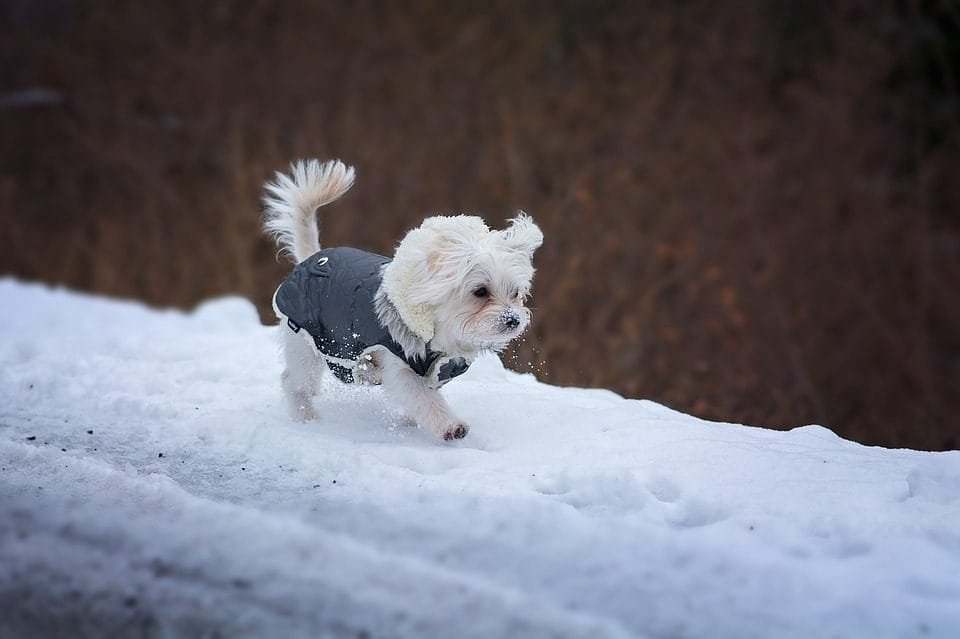As the seasons change, so do the challenges our pets face. Just like humans, animals are affected by extreme temperatures—whether it’s the blistering heat of summer or the bitter chill of winter.
While most pets are adaptable, they rely on us to keep them safe, comfortable, and healthy year-round.
Many pet owners underestimate the dangers that come with seasonal extremes. A hot sidewalk, a freezing wind chill, or even storm-related stress can take a toll on your furry friends. Here’s a helpful guide on how to protect your pets during extreme weather and ensure they stay safe no matter what the forecast looks like.
1. Summer Heat: Keeping Pets Cool and Comfortable
Hot weather can be especially dangerous for pets. Dogs and cats don’t sweat the way humans do; instead, they regulate body heat through panting and (in cats) through limited sweating via their paw pads. In extreme heat, this just isn’t enough.
Key Summer Safety Tips:
- Never leave pets in a parked car. Even with windows cracked, the temperature inside a car can skyrocket in minutes and become fatal.
- Provide constant access to fresh water. Hydration is critical, especially for pets that spend time outside.
- Avoid midday walks. Walk your dog early in the morning or later in the evening when it’s cooler. Hot pavement can burn their paw pads.
- Offer shade and ventilation. If your pet is outside, make sure they have plenty of shade and airflow. Dog houses can trap heat and become dangerously warm.
- Limit activity. Skip strenuous play during the hottest parts of the day. Dogs can suffer from heatstroke quickly—especially flat-faced breeds like Bulldogs and Pugs.
- Watch for signs of heatstroke: heavy panting, drooling, vomiting, lethargy, or confusion. If you suspect heatstroke, get your pet to a vet immediately.
2. Winter Weather: Keeping Pets Warm and Safe

Cold weather brings its own set of risks. While some dog breeds are built for snow, most pets don’t do well in frigid temperatures. Small breeds, short-haired dogs, cats, and senior pets are especially vulnerable.
Key Winter Safety Tips:
- Keep pets indoors during freezing temperatures. No pet should be left outside for extended periods when it’s below freezing.
- Dress appropriately. Many dogs benefit from a warm sweater or coat when going outside, especially small or short-haired breeds.
- Protect paws. Ice, salt, and de-icing chemicals can damage your pet’s paws. Wipe their feet when you come back inside or use pet-safe booties.
- Create a cozy sleeping space. Ensure your pet has a warm, dry bed away from drafts and cold floors.
- Check car engines. Cats may climb under car hoods for warmth. Always tap on your hood before starting your car in the winter.
- Watch for hypothermia: signs include shivering, stiffness, weakness, and shallow breathing. Seek veterinary care if symptoms appear.
3. Storms and Natural Disasters: Preparing for the Unexpected
Storms, hurricanes, wildfires, and blizzards can bring sudden chaos. Having an emergency plan for your pets can save their lives.
Storm Safety Prep:
- Have a pet emergency kit. Include food, water, medications, a leash, collar with ID tags, copies of vet records, and comfort items like a toy or blanket.
- Create a safe space. During thunderstorms or fireworks, many pets get anxious. A quiet room or crate with calming music can help.
- Microchip your pets. In the event of evacuation or escape, a microchip greatly increases the chances of being reunited.
- Know your evacuation options. Not all shelters accept pets. Identify pet-friendly hotels or shelters in advance.
4. Spring Allergies and Seasonal Pests
As flowers bloom and temperatures rise, spring can bring allergy symptoms and pests like fleas, ticks, and mosquitoes.
Protective Spring Tips:
- Watch for itching, sneezing, or watery eyes. Just like humans, pets can suffer from seasonal allergies.
- Keep up with parasite prevention. Use vet-approved flea, tick, and heartworm preventatives.
- Check for ticks after outdoor play. They can hide in fur and transmit Lyme disease and other illnesses.
5. Autumn Hazards: Transition Time
Fall may seem mild, but it comes with unique dangers. Shorter days mean more nighttime walks, and fallen leaves can hide hazards.
Autumn Awareness:
- Keep pets visible. Use reflective leashes, collars, or LED lights during dark walks.
- Avoid mushrooms and toxic plants. Some wild mushrooms can be deadly to pets.
- Secure decorations. Halloween and fall décor may contain items pets can chew or ingest, like corn cobs or candles.
6. General Year-Round Tips
- Maintain regular vet visits. Seasonal changes can bring out hidden health issues.
- Keep ID tags updated. Pets can escape during weather events or stressful situations.
- Adjust food and activity. Pets may need more calories in the cold or less during heatwaves—consult your vet.
Final Thoughts
Extreme weather doesn’t have to be extreme for your pets. With a little preparation and extra attention, you can keep your furry family members safe and happy through every season. Whether it’s bundling up for winter walks or finding creative ways to stay cool in summer, your love and care will help them weather any storm—literally.
After all, our pets depend on us, and protecting them in every season is one of the many ways we return the unconditional love they give us every day.




